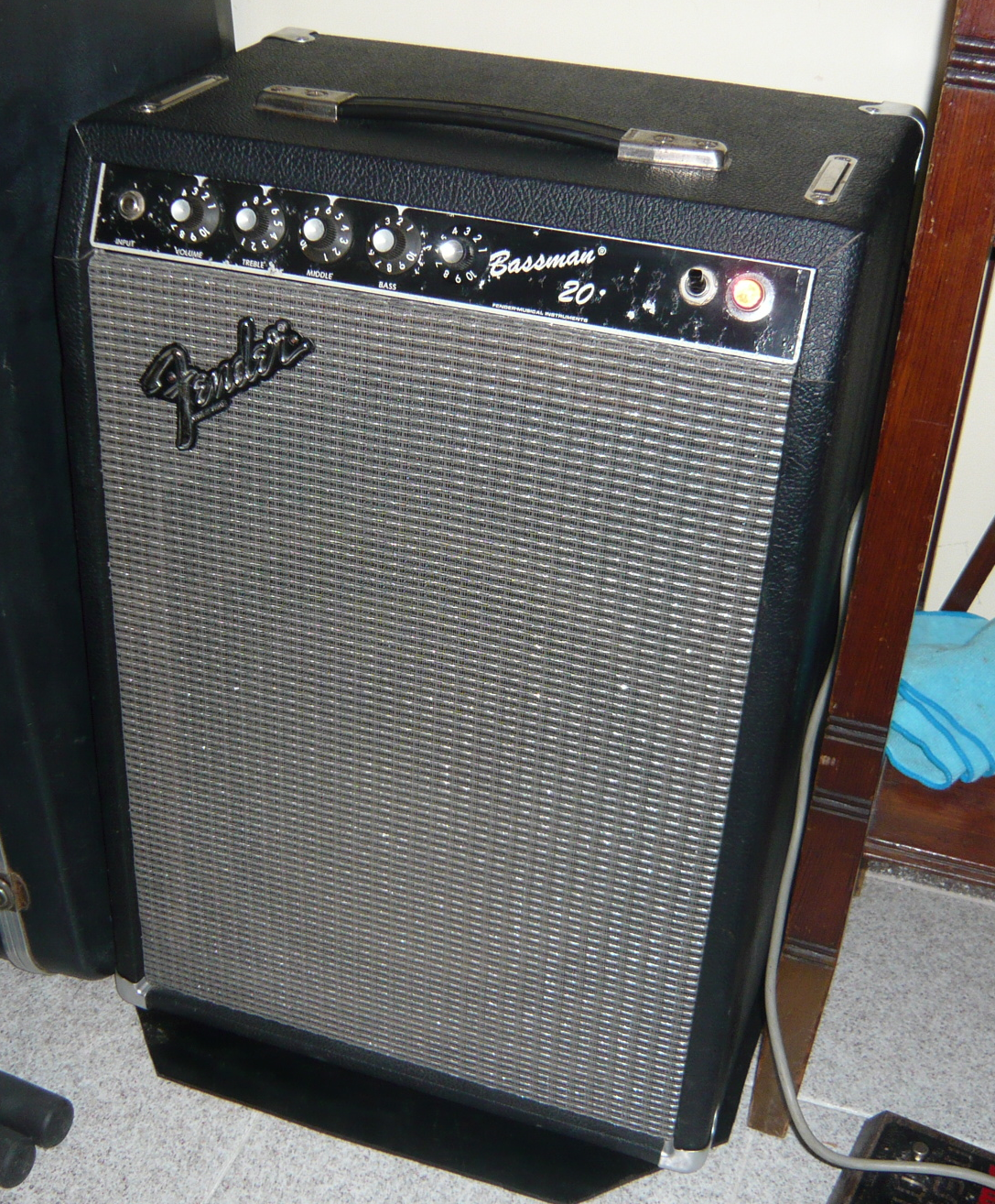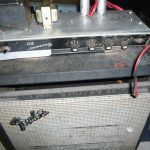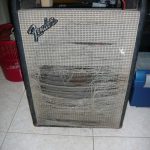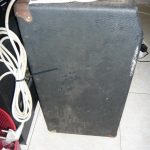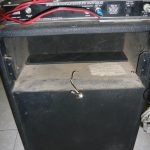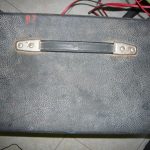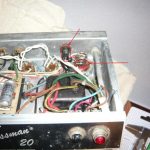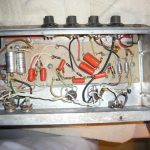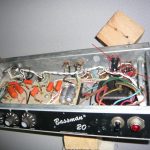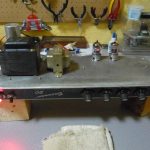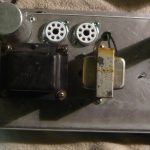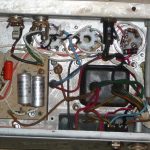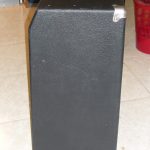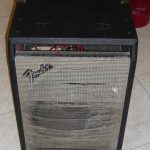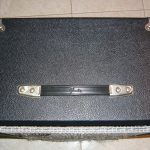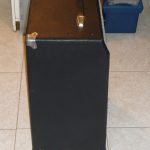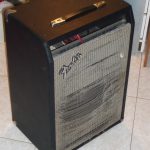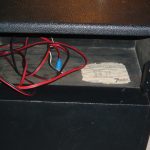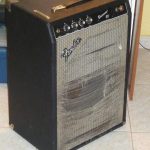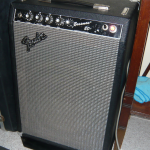This post is which opens this section. It is aimed at all those who have helped and have been involved in one way or another in making this project and personal dream possible.
First I want to thank the team of EmprendeULL which carry out an important and crucial mission in these times of uncertainty and economic crisis in Spain. Giving support and promoting people with the idea of creating their own business or company in Tenerife.
Special thanks for Samuel Reyes Suárez, who has been my personal tutor and who has helped me to organize all the business plan and funding applications submitted by the means provided for this purpose. Also to Yanicza Forte Méndez who took tutoring at the moment that Samuel was not possible. Thank you very much to both.
Also, I want to send a special thanks to Alfredo Ramos Plasencia, who helped me, in his spare time, to define in detail the economic plan and the economic forecasts of the project. Without his help I would not have had clear the needs of funding and the goals to be set to make sustainable the project in time. Thank you very much.
Special thanks I also want to send to Sofía Hernández Cáceres. Her unconditional support has been a great help to make this personal dream come true. I have no way to thank you for your trust and support. Thank you very much.
I would like to also thank to Hector Medina, founder of MissinMusic, by their tips and by the multiple conversations that we have had on regards of the viability of this business, effect pedals projects, etc. Un fuerte abrazo.
I also want to thank Sergio Pérez Acosta, co-founder of CYMPER, his availability to offer me his wise advice at any time. Thank you very much.
I also want to send my thanks to Guillermo Padilla Marrero ‘Guille’, for the design and cede of the jack ampelton logo and the graphics design of the first test pedals which were built in 2013.
I would like to also thank to the team involved in this project during the past months:
Ricardo Gaztelumendi Rodríguez, founder of Twodaisies. Has been in charge of the making of the market study, the naming and design of the brands, the graphic design of the logos and the effect pedals and to advise me with regards to the strategy to follow. Un fuerte abrazo.
Masaki Hatomi, Designer of this website and the one of ‘Cruz Effects’ pedals, which will be made public as soon as we have them ready. Thank you very much for your work.
Texenery Mejías, founder of Txy Art, who was in charge of capture the brand and the design into the shop metal blind and exterior doors of the premises. Great work, thank you.
Leo Barreto e Ingrid Haschke, founders of Laminart Tenerife, made the local cartel and placing the art in the interior of the premises. Great job, thank you.
Last, but not least, I would like to thank all customers that have encouraged me and offered me their confidence, as well as shops and premises that have allowed me to show my work to clients.
Paz&Cerezo and all of its team, Adolfo, Jose, Frank, Luis,
Musical Santa Cruz with Laureano Díaz,
Jonás (SuperstereO Recording Studio), Chiqui Martín (Acústica Canarias), Miguel Manescau, Tony Peña, Francisco Reverón ‘Paco’, Frank, Fran, Javier, Luciano (Luciano Estudio), Damián Hernández Díaz, Efrén, Eduardo, Rubén Hernández, Armando, Eduardo and a long etc. of customers who have purchased our pedals and have entrusted me their equipments. Thank you very much.
The doors are open for all,
you are welcome,
may the music continue,
Daniel Garrido
ampelton engineering
Owner
